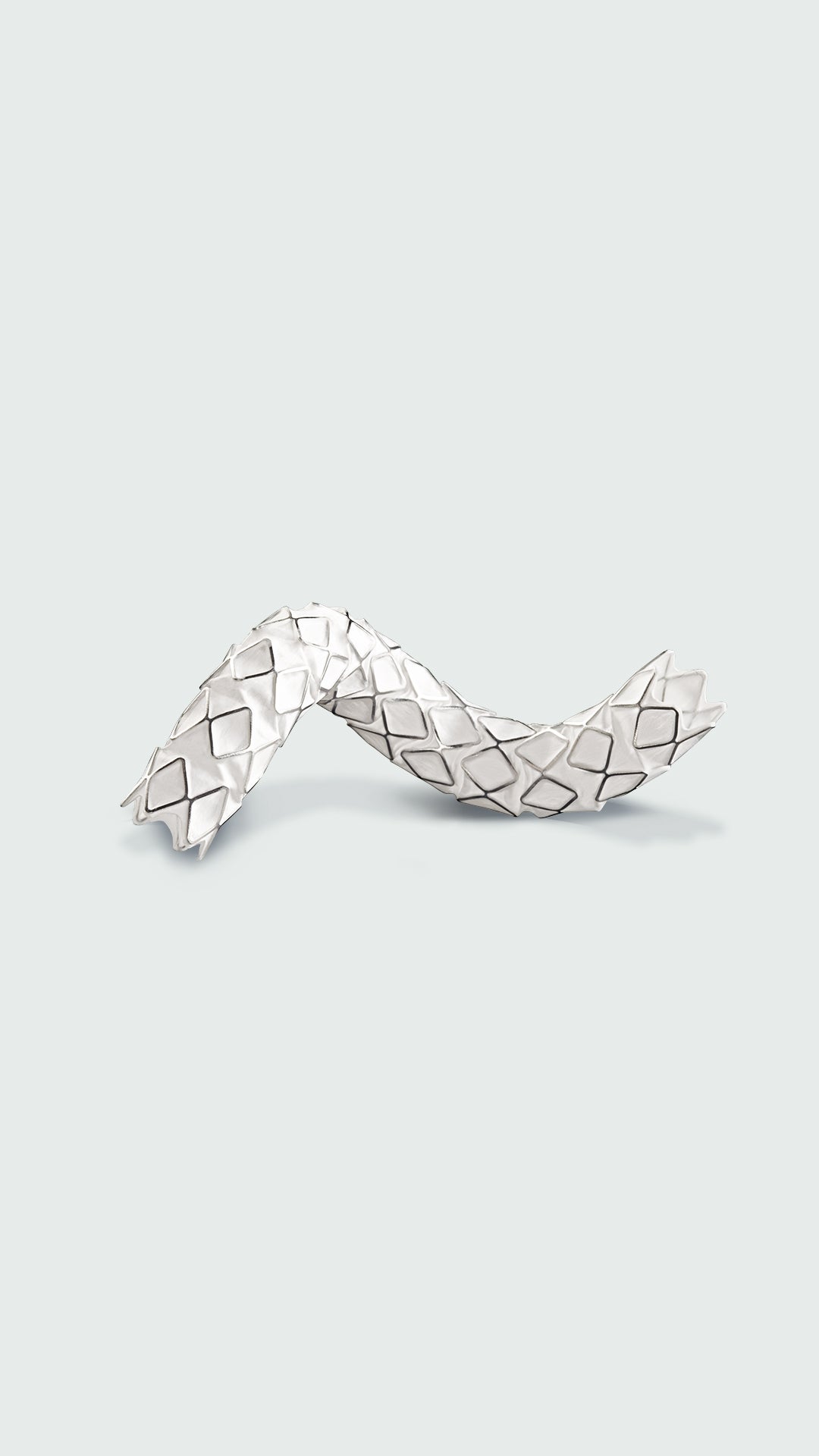Products
Learn about our vascular grafts, endovascular and interventional devices, surgical meshes, and other therapeutic solutions.
Image

Learn about our vascular grafts, endovascular and interventional devices, surgical meshes, and other therapeutic solutions.
